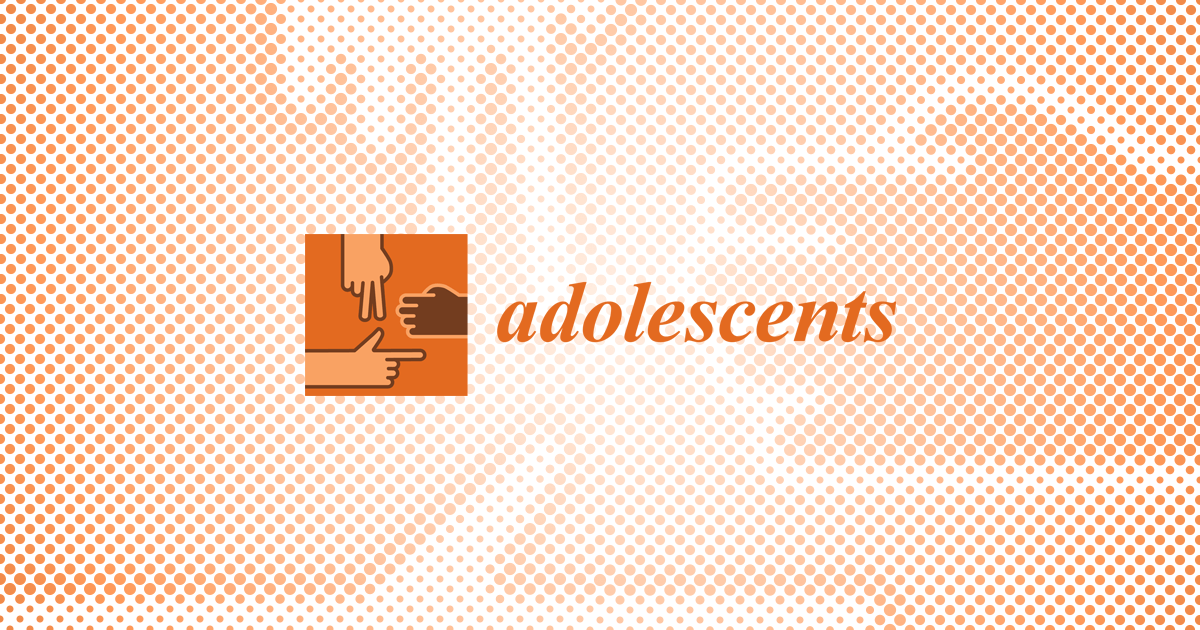For cannabis use, we hypothesized that higher levels of externalizing and internalizing behavior problems would be associated with increased cannabis use, while a higher prospective self would be linked to lower cannabis use. Our results partially supported these hypotheses. Higher levels of externalizing behavior problems were significantly associated with greater cannabis use. However, findings on internalizing behavior problems were not significant. Consistent with our hypothesis, an increase in prospective self was significantly associated with lower cannabis use.
Our findings regarding the positive relationship between a higher level of externalizing behavior problems and a higher level of cannabis use are consistent with some previous research [36,37,38,39]. However, other studies have suggested that while externalizing behavior problems relate to cannabis use, other factors are also powerful predictors of cannabis use, such as early-onset smoking [39].
Our nonsignificant association between internalizing problems and cannabis use contributes to the mixed research findings on this question [10,16,17,36,38,39]. While some findings suggest greater internalizing behavior problems are associated with less cannabis use [8,33], others suggest internalizing behavior problems to be positively associated with cannabis use [16,17,37], and others found no association [39,40]. A potential explanation for not having found a significant association is that we looked at more severe levels of internalizing problems, and at those severe levels, internalizing behaviors are not a significant risk factor. To further this point, in the t-score models, internalizing behavior problems were significantly negative across all three models, meaning that an increase in internalizing problems was associated with decreased cannabis use. The negative association drawn in our t-score models may be explained by the fact we control for externalizing problems. Research suggests that internalizing behavior problems serve as a protective factor when controlling for externalizing problems. When looking at the co-occurrence of internalizing and externalizing problems, there seems to be a weak positive association [10]. Another potential explanation for our findings could be that substance use in adolescence is primarily used in social contexts, and since social withdrawal often accompanies internalizing symptoms, these symptoms can serve as a protective factor [10]. Additionally, fear and worry are also two characteristics of internalizing symptoms that may deter adolescents from taking risks, such as using cannabis [10].
Source link
Francesca G. De Geronimo www.mdpi.com


